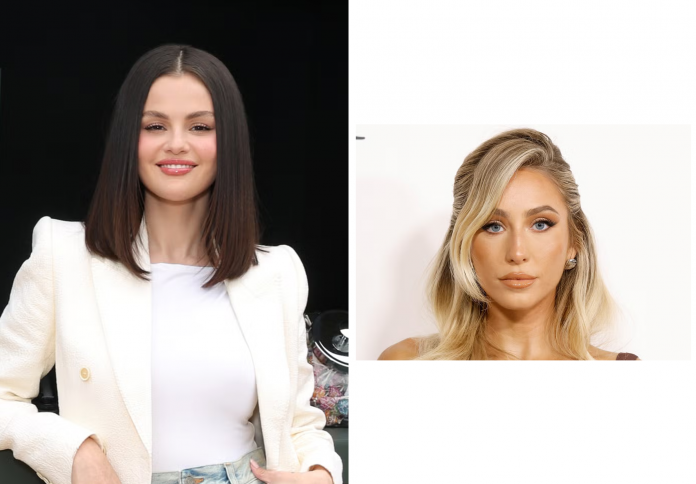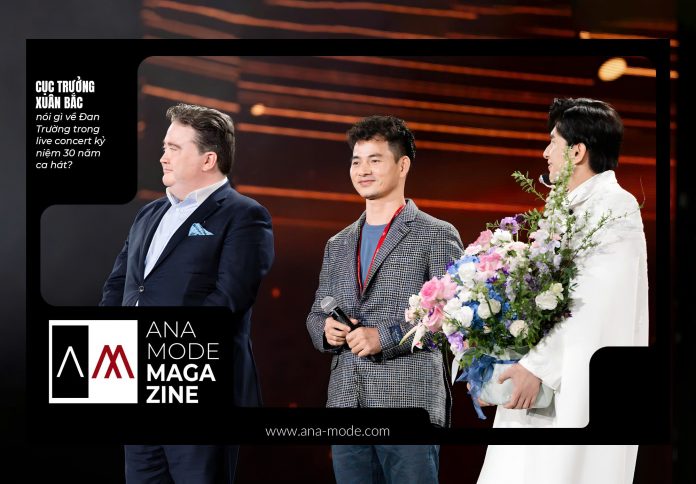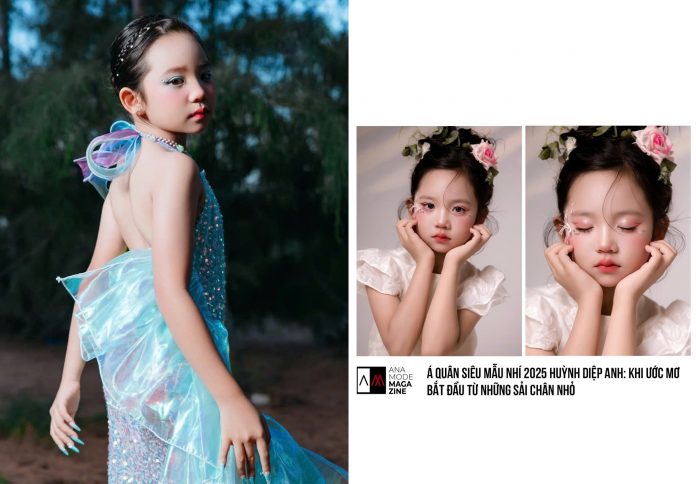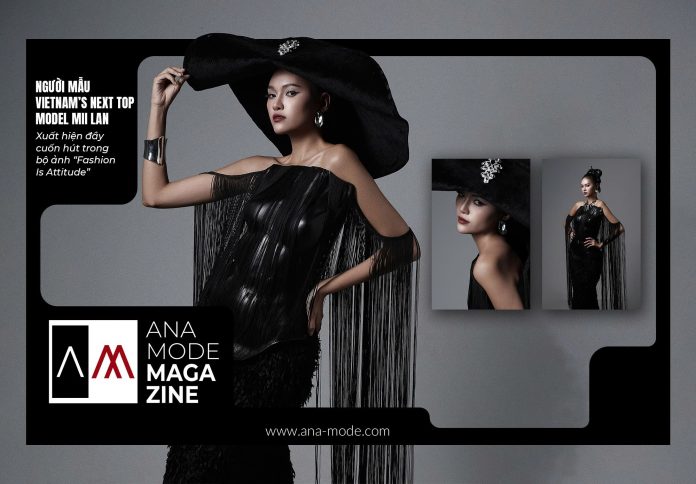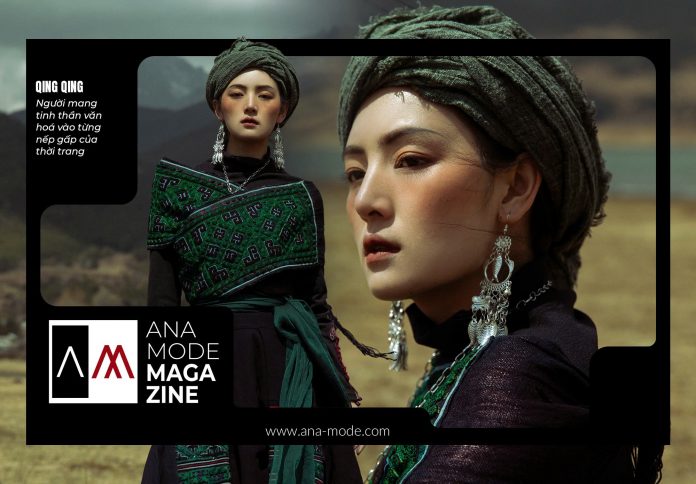The decision between a center part and a side part has recently become one of the most polarizing and trend-driven debates in beauty, largely thanks to the digital divide between generations. For years, social media was dominated by the notion that the center part was the exclusive symbol of the “clean girl” aesthetic, while the side part was deemed an aging marker of Millennial style. Yet, as with all fashion cycles, the tide is turning once again. Top hairstylists confirm that both styles are fundamentally here to stay, with the preference simply shifting between historical periods—the center part dominating the 60s and 70s, and the side part making a powerful comeback in the 2000s. Today’s most stylish celebrities defy age buckets, embracing both looks depending on their mood and outfit. Ultimately, the best choice transcends fleeting trends, relying instead on face shape, hair texture, and personal preference.
The Trend Cycle: Neither Part Is Ever Truly “Dead”
While social media loves to declare one style “in” and the other “out,” celebrity hairstylists confirm that the debate between the center part and side part is simply the natural rhythm of the beauty trend cycle.
Hairstylist TerraRose Puncerelli notes that we are currently witnessing this cyclical nature in action. The side part enjoyed immense popularity throughout the 1940s and 1950s, only to transition into the middle part, which defined the 1960s and 1970s. The 2000s saw the side part return in full force, and now, the middle part has reigned for the past five to ten years, largely fueled by Gen Z’s endorsements. New York City hairstylist Jackson Simmonds concedes that the center part has a slight advantage in the trend department for the near future, but he emphasizes that the side part is unequivocally making its way back. As Puncerelli perfectly states, the side part was never truly gone; it merely “just took a nap.”
The Generational Divide: Hype vs. Reality
The intense pressure to choose a “correct” part is largely an invention of social media, particularly driven by Gen Z, but stylists agree that this generational divide is highly overblown in real life.
Puncerelli admits that there is a divide, primarily because the side part was “demonized by Gen Z” who successfully claimed the middle part as the standard for a fresh, modern look—a style that is itself just a reinterpretation of 1990s trends. However, both stylists emphasize that this social media hype doesn’t reflect what they see in salons or on the red carpet. They point to figures like Gen Z influencer Alix Earle, who frequently wears a side part, proving that personal taste and individual style often trump digital decrees. In reality, most people’s hair will gravitate toward one part naturally, and the best choice is always the one that makes the wearer feel most confident.
Parting for Your Face Shape: The Flattering Angle
When the trends are stripped away, the most reliable factor in choosing a flattering part is understanding how the line interacts with and balances the wearer’s face shape.
The center part is generally recommended for its ability to elongate the face, making it an excellent choice for individuals with balanced or slightly wider face shapes. By creating two equal vertical curtains of hair, it provides a symmetrical frame that draws the eye downward. Conversely, the side part is often the more flattering option for those with round or square face shapes. The asymmetry of the side part breaks up the visual width of the face, softening the appearance of sharp angles along the jawline or adding vertical height to a rounder face. Puncerelli also notes that the side part inherently looks more classic and soft, while the middle part exudes more modernity. Ultimately, a simple flip of the hair can completely change the mood and structure of the face.
The Cowlick Challenge: Mastering Stubborn Hair
One of the greatest obstacles to achieving a clean, defined part is the presence of a cowlick, a tuft of hair that grows in a different direction and refuses to lie flat.
According to hairstylists, the key to overcoming a stubborn cowlick is not to fight its existence, but to work with its natural growth pattern. Puncerelli advises using the blow dryer to over-direct the hair right on top of the cowlick—especially at the hairline—and then setting the hair immediately with a burst of cool air to “set it so it lies more flat.” Furthermore, having the right products on hand is essential for maintaining the desired part throughout the day. Styling creams or lightweight pomades can be used to hold the hair firmly in the intended direction. Mastering the cowlick ensures that the chosen part, whether a chic center line or a voluminous side sweep, stays put and contributes to the overall polished look of the style.
